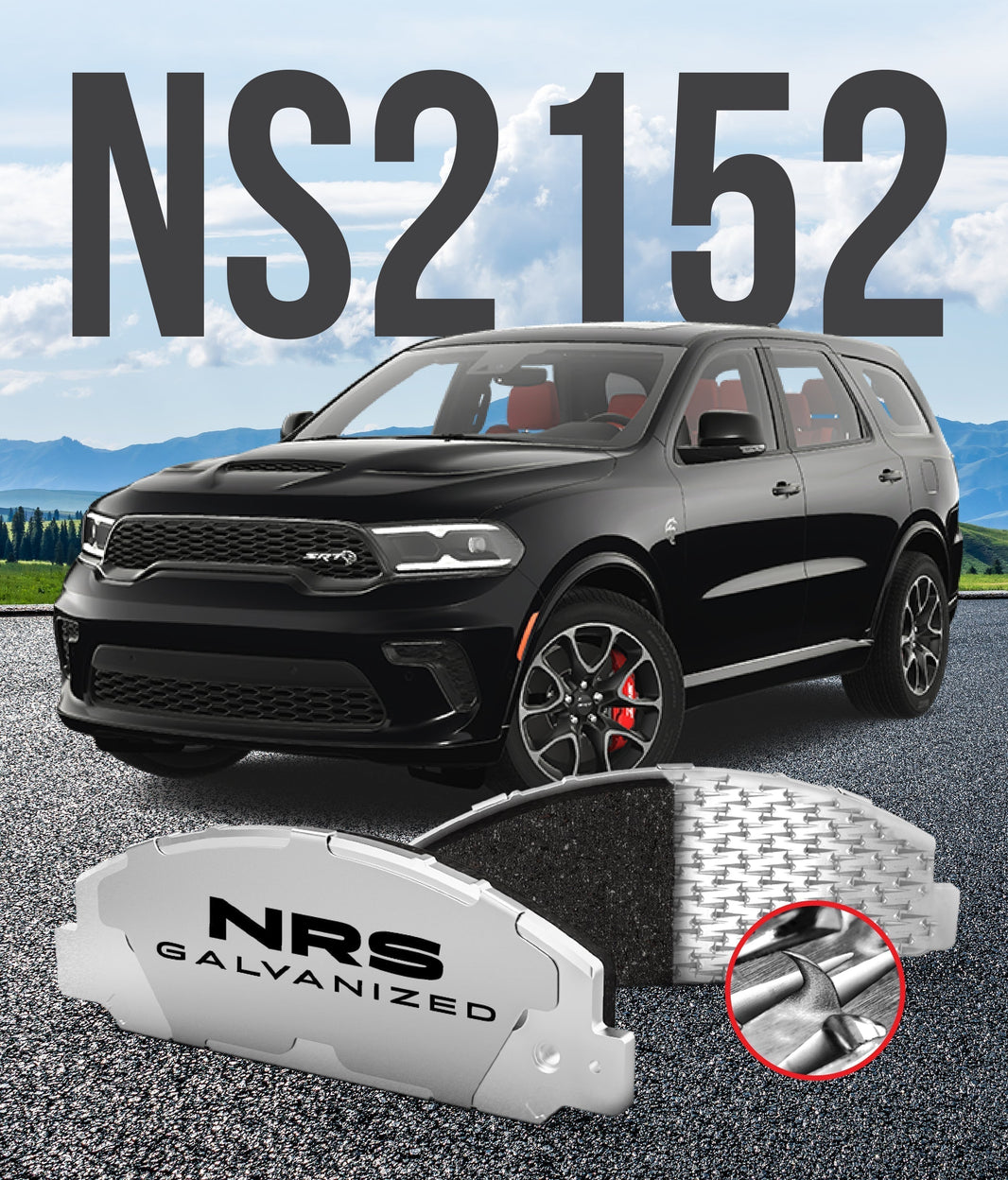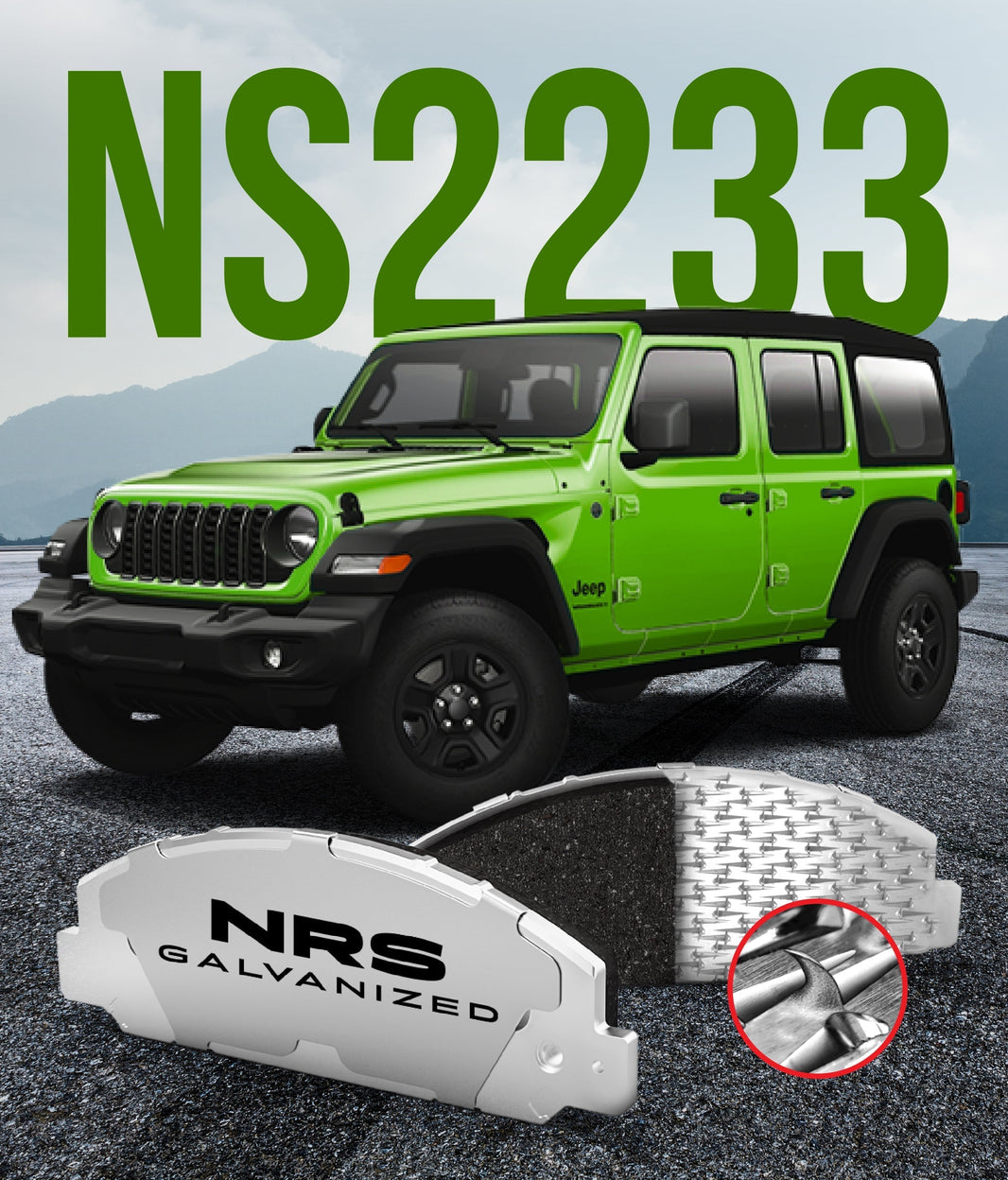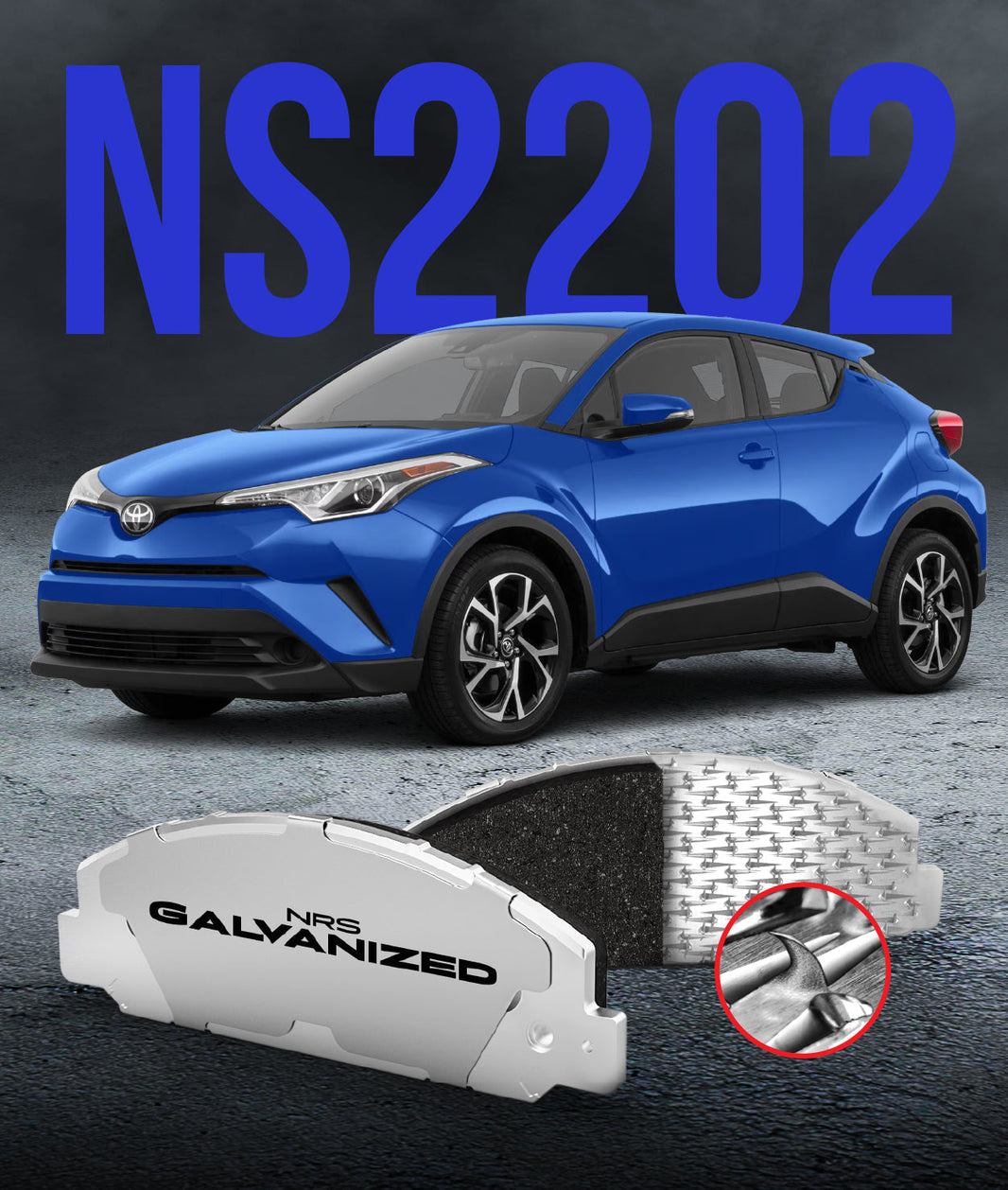
What is the single greatest enemy of your car's critical metal components? It is not high mileage or hard driving. It is the silent, persistent, and destructive force of rust. Nowhere is this battle against corrosion more important than on the parts of your brake system, which live in a constant storm of water, salt, and extreme heat.
For years, manufacturers have used simple paint as a defense, but a far superior technology exists. That technology is zinc plating, a proven process that can protect your brakes from rust for their entire service life. This guide will explain the science of zinc plating and why it is a game-changer for brake safety and longevity.
The Universal Enemy: Why Rust is So Destructive
To understand the solution, you must first appreciate the problem. Corrosion, or rust, is the natural process by which steel and iron attempt to revert to their original, more stable state: iron oxide. This process requires only two things to begin: oxygen and water.
The environment inside your car’s wheel well provides these ingredients in abundance. This destructive process is then greatly accelerated by road salt in the winter and the high heat generated by braking. It is a perfect recipe for turning strong steel components into brittle, flaky rust.
The Common (and Flawed) Defense: Paint and Coatings
The most common and least expensive way to protect steel brake components is to cover them in a layer of paint and coatings. While a painted brake caliper or backing plate looks good when it is new, this protection is unfortunately superficial. The paint is only a thin barrier sitting on top of the metal.
In the harsh reality of daily driving, this barrier is quickly compromised. The intense heat cycles can cause the paint to crack and flake off. Small rocks and debris kicked up by your tires can easily chip it, exposing the bare steel underneath and inviting rust to take hold.
A Superior Solution: The Science of Zinc Plating
A far more advanced and durable method of corrosion protection is zinc plating. This is a process, often as part of galvanization, where a thin layer of zinc is electrochemically bonded to the surface of the steel part. This is not just a coating; the zinc and steel form a metallurgical bond.
This process creates a multi-layered barrier that is fundamentally tougher and more effective than any paint. The zinc becomes an integral part of the steel’s surface.
What is Zinc Plating?
The process of zinc plating involves placing a thoroughly cleaned steel part into a chemical bath containing dissolved zinc. An electric current is then passed through the bath. This current causes the zinc ions in the solution to bond evenly and securely onto the surface of the steel part.
The result is a hard, uniform, and durable layer of zinc that is molecularly fused to the steel. This creates a finish that is highly resistant to abrasion and, more importantly, corrosion.
The Principle of Sacrificial Protection
The true genius of zinc plating lies in a scientific principle called galvanic corrosion, or sacrificial protection. Zinc is a more "active" metal than the iron in steel. This means that when the two metals are in contact in the presence of an electrolyte like salt water, the zinc will corrode first.
Think of the zinc layer as a dedicated bodyguard for the steel. The zinc sacrifices itself to the corrosive elements, ensuring the steel foundation remains strong and structurally sound. It is an active and intelligent form of protection.
The Self-Healing Barrier
This sacrificial principle gives zinc plating a remarkable advantage over paint. Even if the zinc coating gets deeply scratched and the steel underneath is exposed, the protection does not stop. The zinc on either side of the scratch will continue to sacrifice itself to protect the exposed steel.
This is a stark contrast to a painted surface. Once paint is scratched, the protection at that point is completely gone, and rust can begin to creep underneath the surrounding paint. Zinc plating provides a self-protecting barrier that paint cannot match.
Why Zinc Plating is Critical for Brake Components
This advanced corrosion protection is especially important for the critical components of your braking system. The safety and longevity of your brakes are directly linked to their ability to resist rust. Zinc plating provides tangible benefits for the most vulnerable parts.
By preventing the primary cause of failure for many brake components, zinc plating offers a safer and more durable braking experience.
-
Backing Plate Integrity: The most critical application is on the steel backing plate of the brake pad. Zinc plating prevents the rust that causes "rust jacking," a dangerous condition that can lead to friction material delamination.
-
Caliper and Bracket Durability: When brake calipers and their mounting brackets are zinc-plated, they resist corrosion for much longer. This ensures critical parts like slide pins to move freely, preventing seized calipers and uneven pad wear.
-
Longer Service Life: Rust is a primary reason that brake components fail and need to be replaced. By eliminating rust as a factor, zinc plating can significantly extend the usable life of your brake parts, saving you money.
-
Consistent Performance: Components that are not compromised by rust fit and move exactly as they were designed to. This results in smoother, quieter, and more consistent braking performance over the life of the parts.
A 5-Point Checklist for Choosing Corrosion-Resistant Parts
As a knowledgeable car owner, you can make smarter purchasing decisions by looking for signs of superior corrosion protection. When it is time for your next brake service, do not just look at the price tag. A slightly higher initial investment in a better part can save you from a costly failure down the road.
Use this simple checklist to identify high-quality, corrosion-resistant brake components.
-
Examine the Finish: Look past the shiny box and inspect the part itself. Does it have a simple layer of black or gray paint, or does it have the distinct matte, silvery-gray finish of zinc plating?
-
Read the Product Description: Check the manufacturer's website or the product packaging for key terms. Look for words like "zinc-plated," "galvanized," or "corrosion-resistant technology."
-
Consider Your Climate: If you live in an area with snow, ice, and salted roads, or in a coastal region with salt in the air, you should consider zinc-plated brake components to be an essential requirement.
-
Think About Long-Term Value: A premium part with superior rust protection will almost certainly outlast a cheaper painted part. This means fewer replacements and a lower total cost of ownership over the life of your vehicle.
-
Focus on the Foundation: Pay special attention to the brake pad backing plate. Its ability to resist rust is the single most important factor in preventing a catastrophic delamination failure.
Conclusion: A Modern Solution to an Age-Old Problem
Rust has been the persistent enemy of steel components since the dawn of the automobile. While simple paint offers a temporary and easily defeated barrier, zinc plating provides an active, intelligent, and long-lasting solution. By sacrificing itself, the zinc coating ensures the structural integrity of your critical brake components.
When you are selecting your next set of brakes, look for the clear evidence of zinc plating. It is a visible sign that the manufacturer has prioritized long-term safety and durability over simple cost-cutting measures. At our company, we have built our reputation on using patented galvanization and mechanical attachment because we believe the Best Brake Pads are engineered to last, forming the core of a safe and reliable brake system.
Have you ever had to replace a car part prematurely due to rust, and which part was it?




